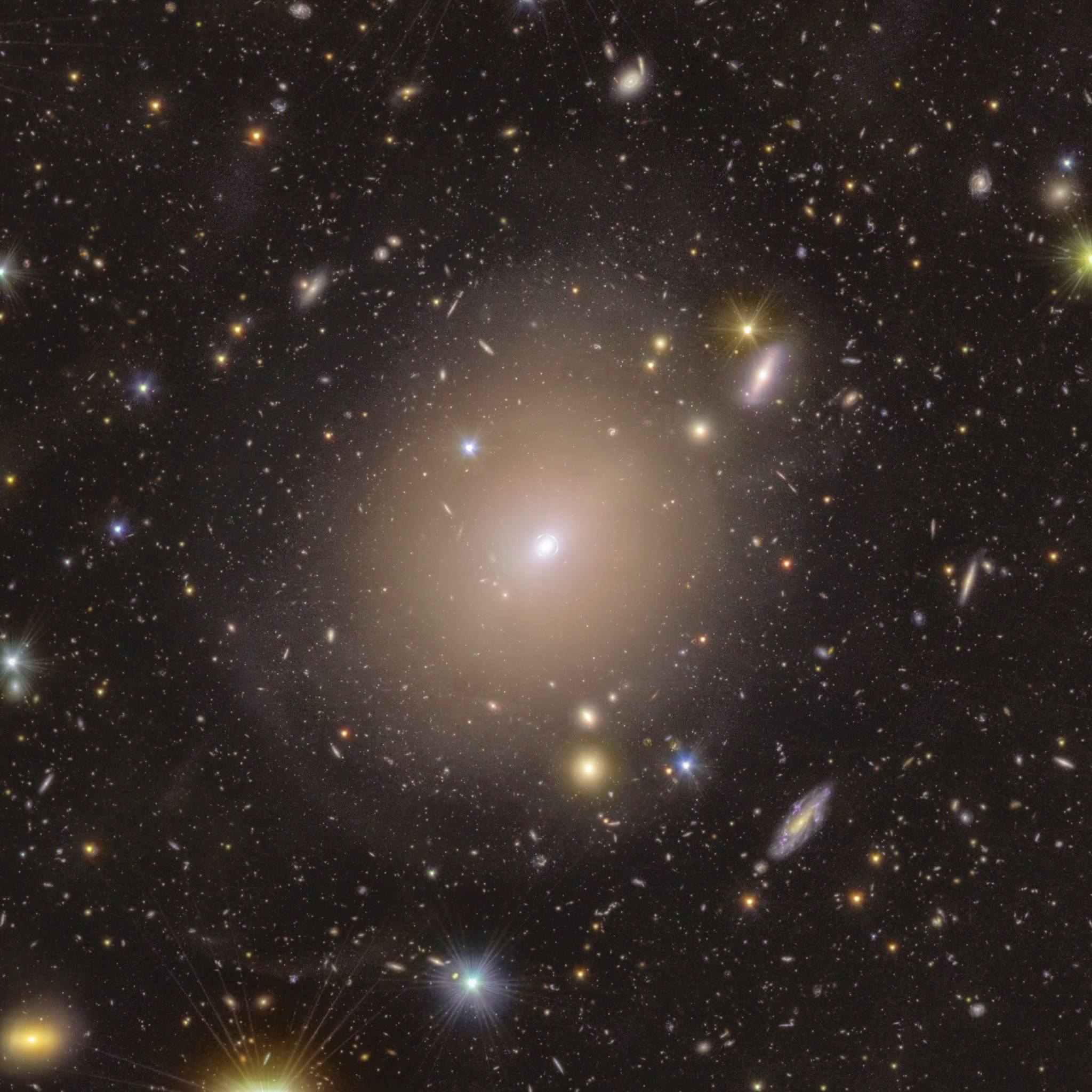2025-02-10 NASA
<関連情報>
- https://www.nasa.gov/universe/nasa-scientists-spot-candidate-for-speediest-exoplanet-system/
- https://iopscience.iop.org/article/10.3847/1538-3881/ad9b0f/meta
銀河系バルジにおける高速太陽系外惑星候補系 A Candidate High-velocity Exoplanet System in the Galactic Bulge
Sean K. Terry, Jean-Philippe Beaulieu, David P. Bennett, Aparna Bhattacharya, Jon Hulberg, Macy J. Huston, Naoki Koshimoto, Joshua W. Blackman, Ian A. Bond, Andrew A. Cole,…
The Astronomical Journal Published: 2025 February 10
DOI:10.3847/1538-3881/ad9b0f

Abstract
We present an analysis of adaptive optics images from the Keck I telescope of the microlensing event MOA-2011-BLG-262. The original discovery paper by Bennett et al. reports two possibilities for the lens system: a nearby gas giant lens with an exomoon companion or a very low-mass star with a planetary companion in the Galactic bulge. The ∼10 yr baseline between the microlensing event and the Keck follow-up observations allows us to detect the faint candidate lens host (star) at K = 22.3 mag and confirm the distant lens system interpretation. The combination of the host star brightness and light curve parameters yields host star and planet masses of Mhost = 0.19 ± 0.03 M⊙ and mp = 28.92 ± 4.75 M⊕ at a distance of DL = 7.49 ± 0.91 kpc. We perform a multiepoch cross reference to Gaia Data Release 3 and measure a transverse velocity for the candidate lens system of vL = 541.31 ± 65.75 km s−1. We conclude this event consists of the highest-velocity exoplanet system detected to date, and also the lowest-mass microlensing host star with a confirmed mass measurement. The high-velocity nature of the lens system can be definitively confirmed with an additional epoch of high-resolution imaging at any time now. The methods outlined in this work demonstrate that the Roman Galactic Exoplanet Survey will be able to securely measure low-mass host stars in the bulge.



